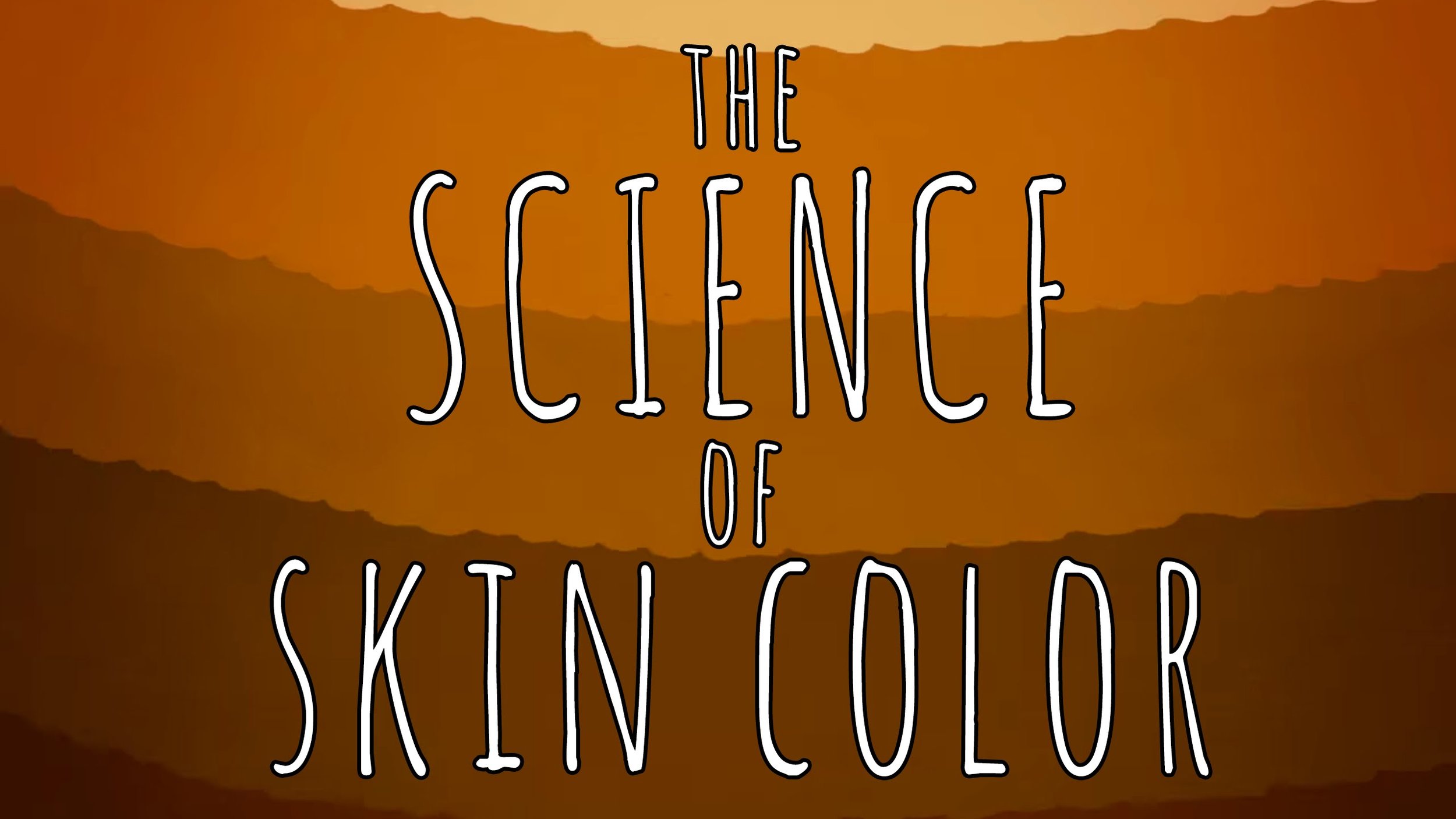Why Do Humans Have Different Colored Skin?
Description: Human skin color can change in response to environmental changes (i.e. getting a sunburn or a suntan). However the root cause of our skin color is genetic and comes from our ancestors. UV radiation causes damage to the DNA in our cells and can lead to various forms of cancer. If your ancestors lived in an area that received large amounts of UV radiation (i.e. closer to the equator) humans evolved darker skin for protection through the process of natural selection. However light is also important since it allows humans to synthesize vitamin D. Therefore if your ancestors lived in an area that receives little light (i.e. near the poles) they evolved lighter skin.
Web Resources: Human Skin Color - Wikipedia, The Biology of Skin Color - HHMI
Galapagos Finch Evolution
Description: When Darwin visited the Galapagos Island he collected a number of bird species that he brought back to England. He presented them to ornithologist John Gould thinking they were a variety of birds and he was told that they were all different varieties of finches. This led Darwin to speculate that a population of finches had arrived on the islands and had adapted to different climates through natural selection. However Darwin was never able to observe evolution taking place. Researchers Peter and Rosemary Grant have been observing evolution of Galapagos finches for the last 40 years. One of the most famous studies involved the change in beak depth of medium ground finches during times of drought. Birds that had small beaks were unable to open the dry seeds causing microevolution in the surviving birds.
Web Resources: Peter and Rosemary Grant Research - Wikipedia, The Beak of the Finch - HHMI
A Peacock's Tail
Description: The tail of the male peacock is a great example of sexual selection. Female peafowl are attracted to male peacocks with the largest and most ornate train. The ability of male peacocks to create a large train is related to their overall fitness. Therefore females are more likely to have healthy chicks if they mate with a male with the largest train. Scientists were able to measure female choice by trimming the trains of normally healthy male peacocks which led to them not being selected as potential mates.
Web Resources: A Peacock’s Tail - The Guardian, Evolution and Sexual Selection in Peafowl - Wikipedia



